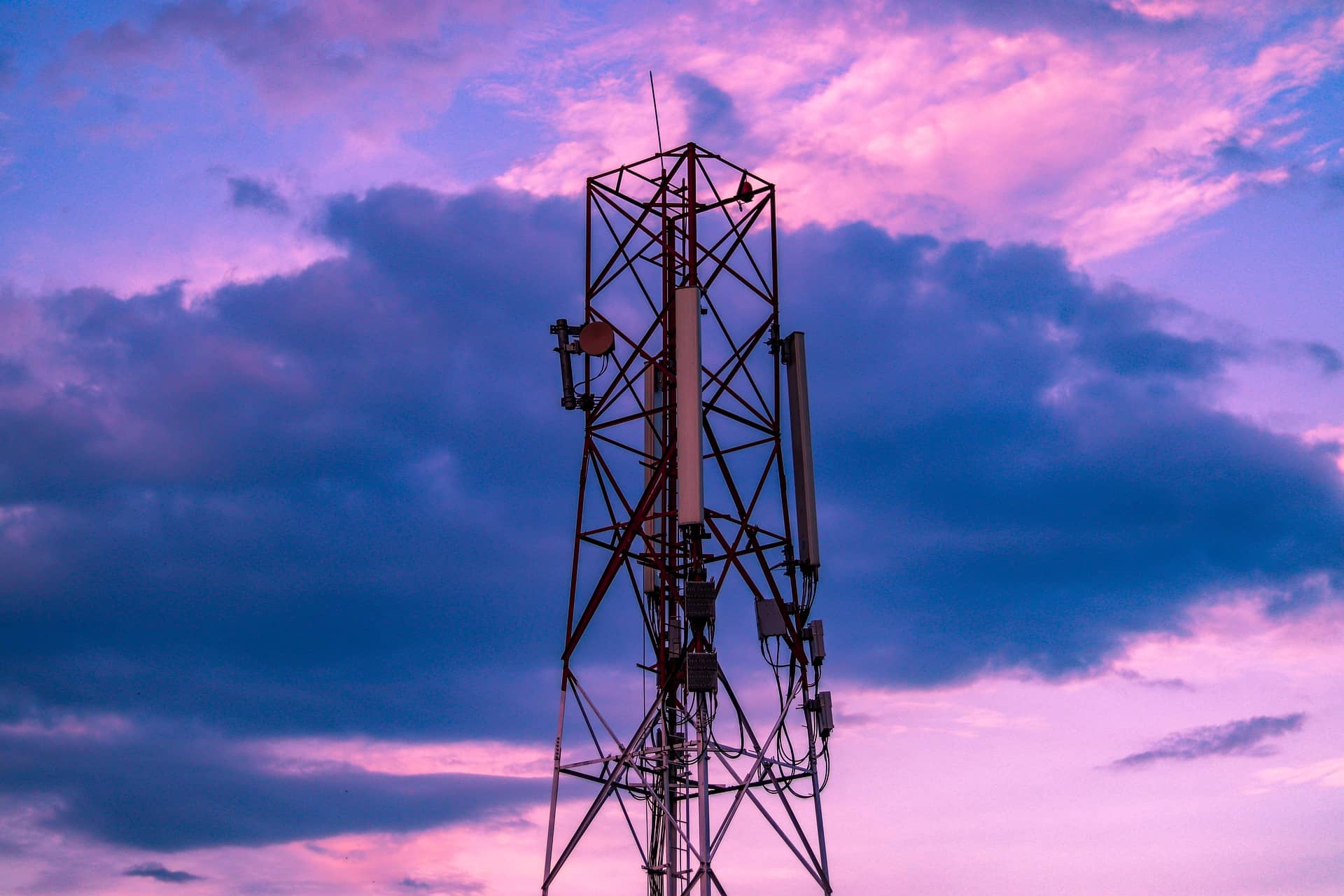News
The plastic waste removed is the equivalent weight of five double decker buses
UK mobile operator Virgin Media O2 (VMO2) has announced that it has successfully removed 65 tonnes of single-use plastic from its operations and products since 2021.
The effort is part of the company’s Better Connections Plan, which broadly commits to ensuring the business operates in a sustainable and ethical way. One of the plan’s primary aims to achieve zero waste operations and products by the end of 2025.
In partnership with engineering company Technetix, VMO2 has removed almost 18 tonnes of single-use plastic from the equipment and tools used by engineers. This includes eliminating plastic bags, foam, blister packs, and plastic straps from packaging. The company has also replaced plastic ties with paper ties on cables.
Collaborating with logistics firm GXO, the company has also reduced single-use plastic from packaging containing products sent to cable customer by 94%.
Additionally, adopting plastic-free packaging for product delivery and returns has allowed the company to prevent approximately 22 tonnes of single-use plastic going to waste each year.
“GXO and Virgin Media O2 are working together to create a supply chain that is as environmentally responsible as it is efficient and reliable,” said Meagan Fitzsimmons, GXO’s Chief Compliance and ESG Officer in a press release.
“Companies have to reduce single use plastics from their supply chain to meet regulatory requirements and environmental goals. These results show what’s possible with a best-in-class partnership,” she continued.
In related news, this week it was revealed that VMO2 was one of three operators (in addition to Three and Vodafone), who had their plea for a deadline extension of the first phase of the Shared Rural Network (SRN) denied by the UK government.
Dean Creamer, the head of Building Digital UK (the government body overseeing the project) confirmed this week that the authority has denied a request by the three mobile operators to delay the first phase deadline by 18 months.
The current deadline to remove all ‘partial not-spots’ is in June. Only EE, the UK’s largest operator, met this deadline so far, doing so in January. Last October, The Telegraph reported that Vodafone and Three in particular were operators were “miles behind” in the project, according to unnamed sources.
Keep up to date with the latest international telecoms news by subscribing to the Total Telecom daily newsletter
Also in the news:
“We’ve out innovated China”: US Commerce Secretary slams Huawei chip tech
Uzbekistan’s Perfectum partners with Nokia for 5G
Meta shares tumble after Zuckerberg reveals AI spending increase











